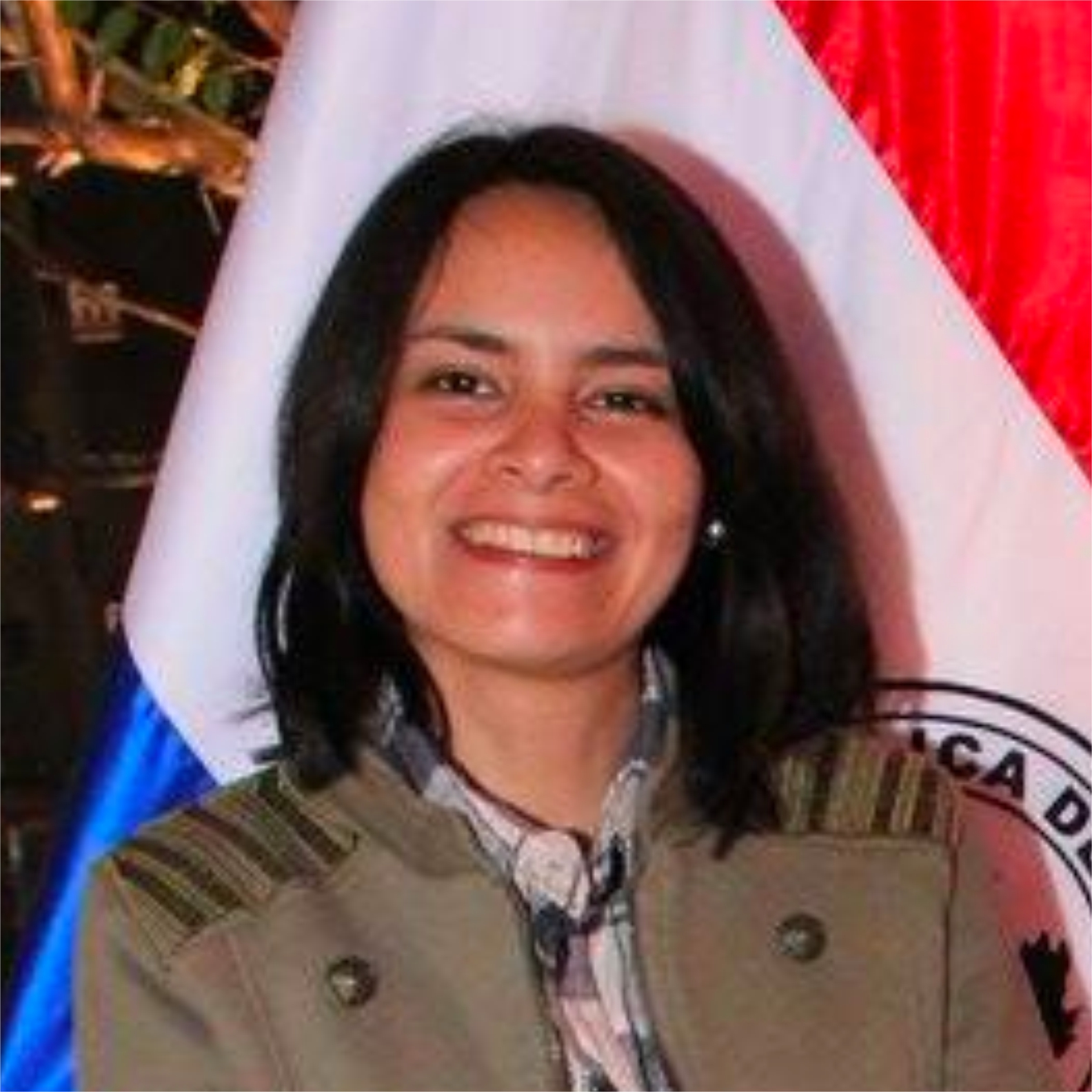Location Prediction and Trajectory Optimization in Multi-UAV Application Missions
Published:
Abstract: Unmanned aerial vehicles (a.k.a. drones) have a wide range of applications in e.g., aerial surveillance, mapping, imaging, monitoring, maritime operations, parcel delivery, and disaster response management. Their operations require reliable networking environments and location-based services in air-to-air links with co-operative drones, or air-to-ground links in concert with ground control stations. When equipped with high-resolution video cameras or sensors to gain environmental situation awareness through object detection/tracking, precise location predictions of individual or groups of drones at any instant possible is critical for continuous guidance. The location predictions then can be used in trajectory optimization for achieving efficient operations (i.e., through effective resource utilization in terms of energy or network bandwidth consumption) and safe operations (i.e., through avoidance of obstacles or sudden landing) within application missions. In this chapter, we explain a diverse set of techniques involved in drone location prediction, position and velocity estimation and trajectory optimization involving: (i) Kalman Filtering techniques, and (ii) Machine Learning models such as reinforcement learning and deep-reinforcement learning. These techniques facilitate the drones to follow intelligent paths and establish optimal trajectories while carrying out successful application missions under given resource and network constraints. We detail the techniques using three scenarios. The first scenario involves location prediction based intelligent packet transfer between drones in a disaster response scenario using the various Kalman Filtering techniques along with sensor fusion. The second scenario involves a learning-based trajectory optimization that uses various reinforcement learning models for maintaining high video resolution and effective network performance in a civil application scenario such as aerial monitoring of persons/objects. The third scenario involves salient non-ML-based trajectory optimization techniques that can be adopted within UAV-based applications for public safety networks. We conclude with a list of open challenges and future works for intelligent path planning of drones using location prediction and trajectory optimization techniques.
Recommended citation: Singh, Rounak, Chengyi Qu, Alicia Esquivel Morel, and Prasad Calyam. “Location Prediction and Trajectory Optimization in Multi-UAV Application Missions.” In Intelligent Unmanned Air Vehicles Communications for Public Safety Networks, pp. 105-131. Singapore: Springer Nature Singapore, 2022.
